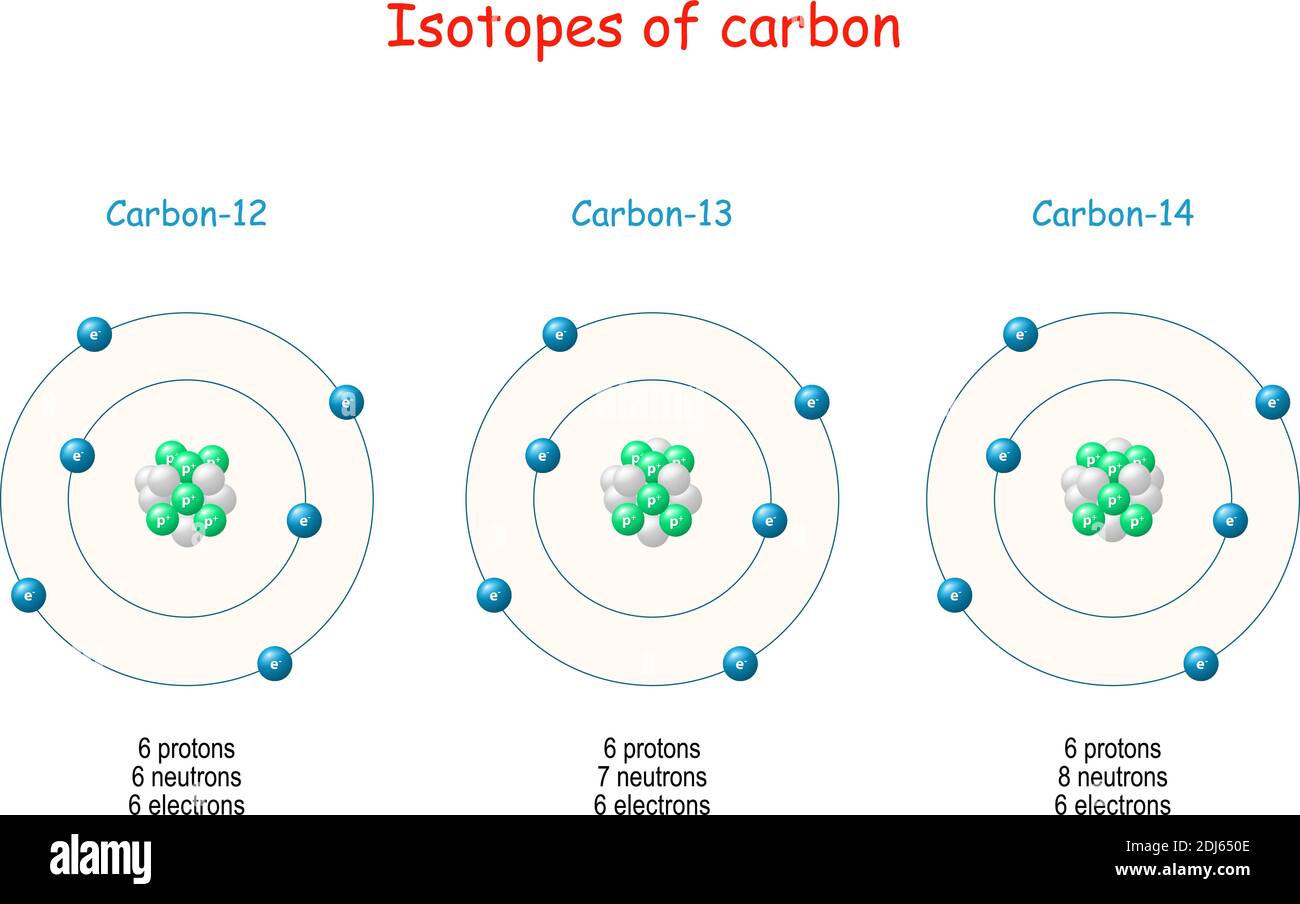

Mauri et al., Ab initio resonant Raman spectra of diamond-like carbons. Wang, Ab initio molecular dynamics simulation on stress reduction mechanism of Ti-doped diamond-like carbon films. Martin et al., Structural and electronic properties of amorphous carbon.

Kelires, Physical trends in amorphous carbon: a tight-binding molecular-dynamics study. Csanyi, Machine learning based interatomic potential for amorphous carbon.

McKenzie et al., Ab initio simulation of structure in amorphous hydrogenated carbon. Martinu, Formation and behavior of unbonded hydrogen in a-C: H of various compositions and densities. Zhang, Synthesis and characterization of high voltage electrodeposited phosphorus doped DLC films. Xue, Field emission properties of DLC and phosphorus-doped DLC films prepared by electrochemical deposition process. Silva, Nitrogen containing hydrogenated amorphous carbon for thin-film field emission cathodes. Qian, Probing superlubricity stability of hydrogenated diamond-like carbon film by varying sliding velocity. Kennou, Dispersion relations and optical properties of amorphous carbons.

Robertson, Protective diamond-like carbon coatings for future optical storage disks. Charitidis, Nanomechanical and nanotribological properties of carbon-based thin films: a review. Nicholls, DLC–ceramic multilayers for automotive applications. Zhang, The high-temperature tribological properties of Si-DLC films. Zhang, Friction and wear of hydrogenated and hydrogen-free diamond-like carbon films: relative humidity dependent character. Zhang, Tuning of the microstructure, mechanical and tribological properties of a-C: H films by bias voltage of high frequency unipolar pulse. Trava-Airoldi, Photoacoustic spectroscopy and thermal diffusivity measurement on hydrogenated amorphous carbon thin films deposited by plasma-enhanced chemical vapor deposition. Mantovani, Long-term stability of hydrogenated DLC coatings: effects of aging on the structural, chemical and mechanical properties. Zhang, Comparing internal stress in diamond-like carbon films with different structure. Baldereschi, Sp2/ssp3 hybridization ratio in amorphous carbon from C 1 s core-level shifts: X-ray photoelectron spectroscopy and first-principles calculation. Therefore, this work can further guide the preparation experiment of a-C film, which has a great worth to improve the optoelectronic performance of electron emission devices. Particularly, the peak of the absorption coefficient become higher, the half-peak width enlarges and the reflectivity is also reduced obviously, indicating that the a-C films with the larger sp 3/sp 2 hybridization ratio do increase the quantum efficiency of photocathodes to a certain extent. In addition, the optical properties of the a-C film are significantly improved as the sp 3-C content increases. Meanwhile, band structure distribution of the a-C film at density of 3.5 g/cm 3 has similarities with that of the diamond in highly symmetric points. The results show that sp 3/sp 2 hybridization ratio raises, formation energy and work function are reduced when the density increases. Work function, band structure, dielectric function, complex refractive index, absorption coefficient, reflectivity and loss function have been calculated and analyzed based on first principles. To study the electronic and optical effects of amorphous carbon (a-C) films with different sp 3/sp 2 hybridization ratio, five amorphous carbon models with gradient changes of density are established.


 0 kommentar(er)
0 kommentar(er)
